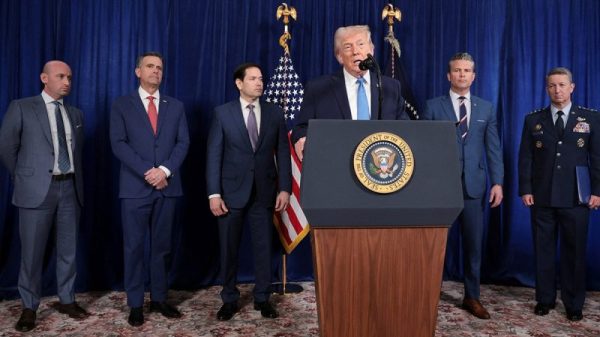In a surprising turn of events, the latest report from the U.S. Labor Department has revealed that the country added 818,000 fewer jobs than initially estimated. This discrepancy has raised concerns among economists and policymakers about the state of the economy, particularly regarding its growth trajectory and overall stability.
The updated data indicates that the job growth was significantly weaker than previously believed, suggesting that the labor market may not be as robust as previously thought. This revelation comes at a critical juncture for the U.S. economy, which has been facing various challenges and uncertainties in recent times.
The discrepancy in job figures is likely to have far-reaching implications for various sectors of the economy. For instance, a weaker labor market could slow down consumer spending, which is a key driver of economic growth. Additionally, businesses may become more cautious about hiring new employees, leading to further stagnation in job creation.
Moreover, the revised job numbers could also impact the Federal Reserve’s monetary policies. The central bank closely monitors labor market data as part of its decision-making process regarding interest rates and other policy measures. The unexpectedly low job figures may prompt the Fed to reassess its approach and potentially delay any plans for interest rate hikes.
Furthermore, the revelation of fewer job additions raises questions about the accuracy and reliability of economic data. Accurate and timely data is essential for policymakers, investors, and the public to make informed decisions. The significant discrepancy in job numbers highlights the importance of regularly review and updating economic indicators to ensure their relevance and accuracy.
In response to the revised job figures, analysts and economists are now closely monitoring other key economic indicators to gauge the health of the economy. Factors such as business investment, consumer confidence, and international trade will be crucial in determining the future direction of the U.S. economy.
Overall, the revelation of 818,000 fewer job additions than previously estimated has added a new layer of uncertainty to the economic outlook. While challenges remain, it is essential for stakeholders to remain vigilant, adapt to changing conditions, and implement effective strategies to promote sustainable growth and stability in the economy.






















